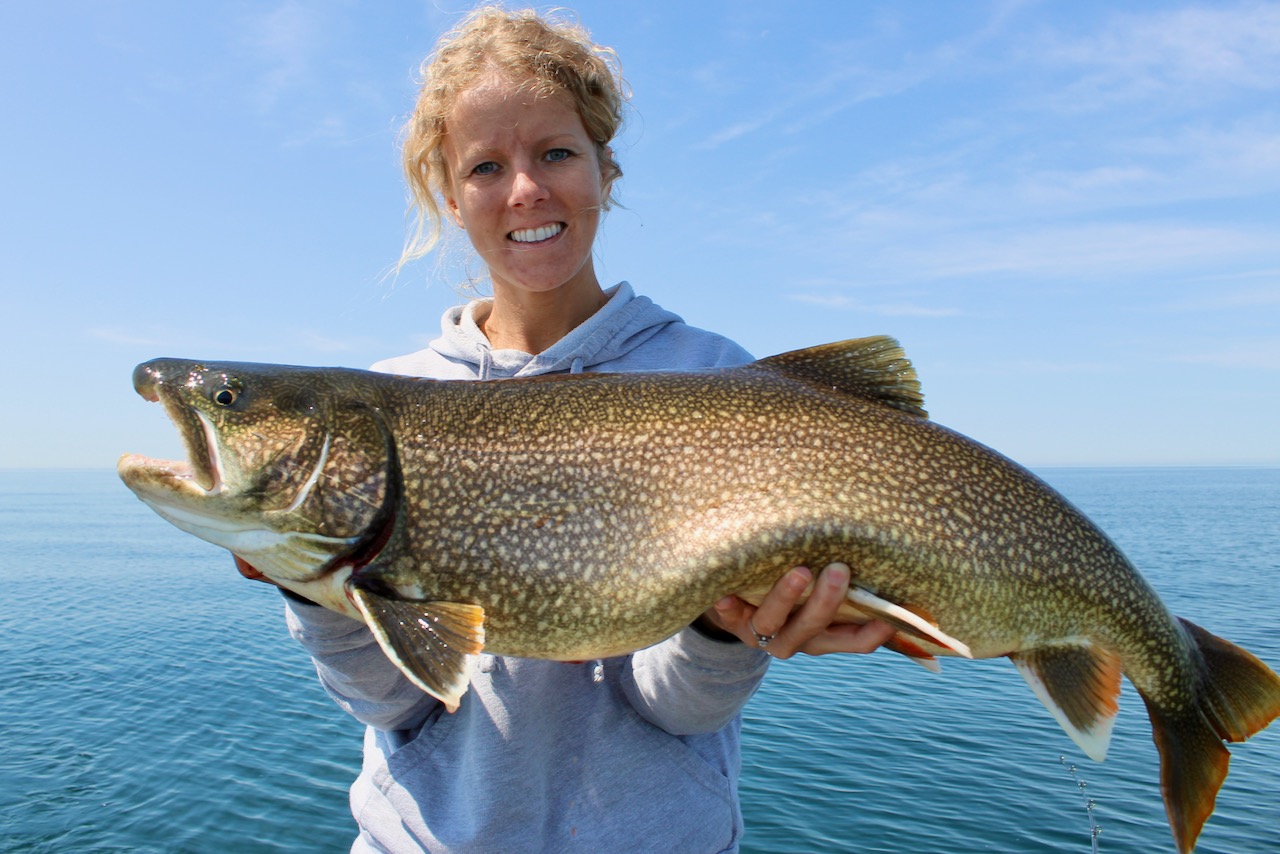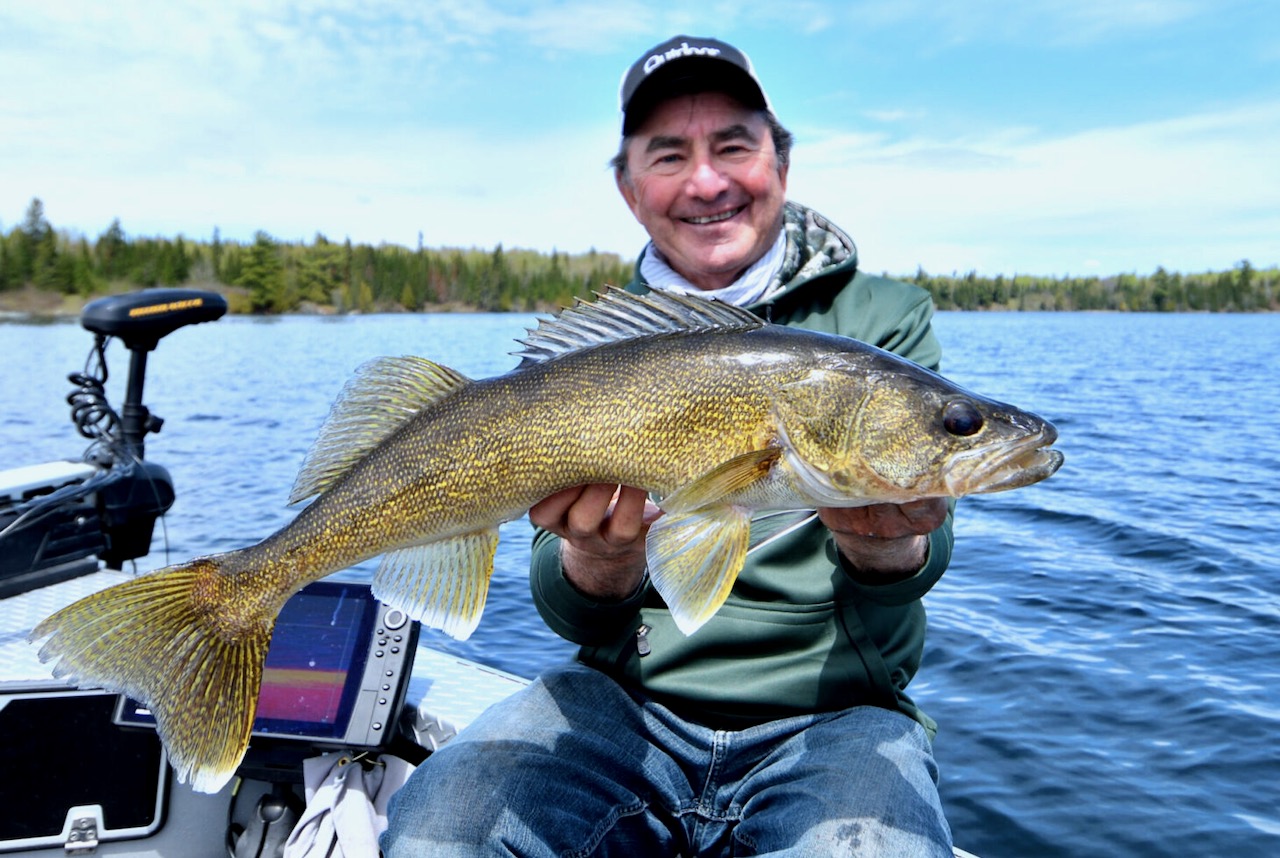ON THE MARK
Why spotting, stalking and sniping is often far more effective than trolling
Advertisement
SNIPING BOTTOM FEEDERS
Targeting bottom-dwelling walleye, as well as black crappies and yellow perch, is even more fun because they’re often schooled up, giving you more fish to target. Here I like to cruise at approximately nine to 12 kilometres an hour, slowing down when I’m weaving over high-percentage structure. I also like to keep my sonar unit on split-screen mode, showing either down-scan and side-scan views, 2D and down-scan, or 2D and zoom.
Advertisement
My favourite way to snipe walleye—especially when I’m targeting one or two specific fish—is a technique called “power-corking.” For this, add a bobber stop to 10- to 12-pound gel-spun line, then slide on a big slip bobber (I use pike floats). Next add a heavy 3/8- to 5/8-ounce sliding tungsten sinker, a barrel swivel, and an 18-inch, eight-pound mono or fluoro leader. Complete the rig with your favourite 1/8- to 3/16-ounce walleye jig tipped with a leech or half a nightcrawler.
Although you’re using a slip float for this technique, it’s not finesse fishing. Rather, it’s a pure reaction bite. Once you see a walleye on your sonar screen, back up and flip the rig under the transducer. When the bobber hits the stop—the depth doesn’t have to be precise, as long as the jig is just above the fish—hold on and get ready for a big strike. Then spot, stalk, snipe and repeat.


